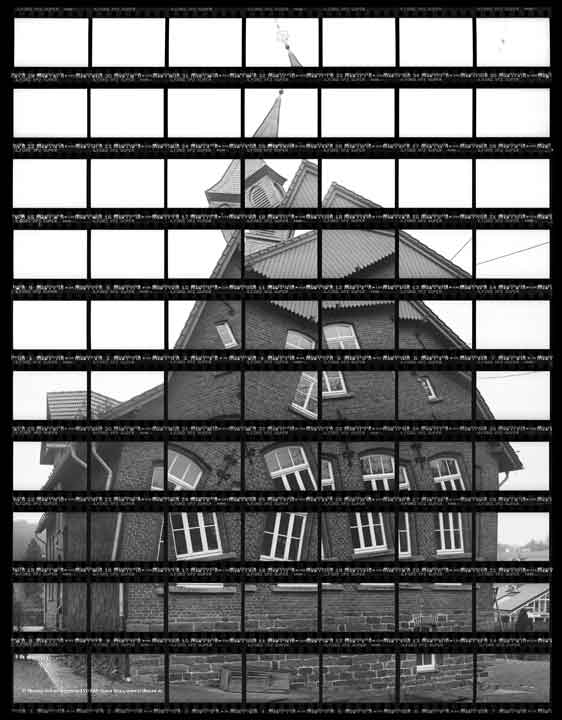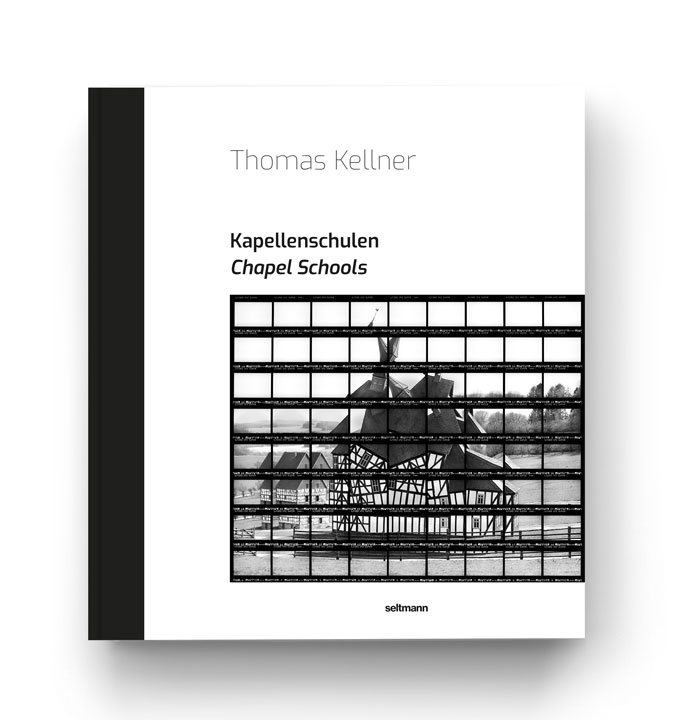Chapel School Beienbach
The chapel school in Beienbach was in use as a schoolhouse for the children and young people up to the 9th grade for 200 years. Since the village lies between Netphen and Deuz, the chapel school was used as a Protestant elementary school beginning in 1768 as the building belonged to the purely Protestant villages.
Unfortunately, the building burned down in 1899. Two years later, it was completely rebuilt and continued to be used as a school until 1969. The average number of students in a class was 35. In 1968, the decision was made to teach grades 5 through 9 elsewhere. Beienbach was integrated into Netphen in 1969 during the course of administrative reform, and its pupils attended the local elementary and secondary school from then on. The former chapel school was then used temporarily as housing. It still serves as a venue for local clubs today.
Beienbach in: The Chapel Schools' Book
Chapel schools form a solitary architectural type for the Siegerland and its neighboring regions.
As stand-alone buildings and conspicuous in their surroundings, like the one in Beienbach, they reveal the connection between religion and school education starting from the domain of Count William I of Nassau-Katzenelnbogen (1487-1559) and his son John VI of Nassau, Katzenelnbogen and Dietz (1536-1606). The hybrid used buildings existed until the end of the 19th century and in parts even until the 20th century.
Chapel Schools a solitary architectural type
The Siegen fine art photographer Thomas Kellner recognized the historical and cultural value of these buildings and set himself the task of preserving and recalling this typical regional cultural asset through a new medium. By means of photography he transfers the chapel schools into an artistic context and gives the historical topic a new dimension in the present (art).
Just as the chapel schools united in themselves two spheres of life, this publication also conveys different contemporary perspectives on the history and genesis of the chapel schools. While Kellner tries to rethink the type of building, which oscillates between profane and sacred, with his artistic realization, Chiara Manon Bohn, Isabell Eberling M. Sc. Dr. Andrea Gnam and Dr. Stefanie Siedek-Strunk provide an insight into the historical, architectural and religious classification of the chapel schools up to the pictures of Thomas Kellner in text contributions.











